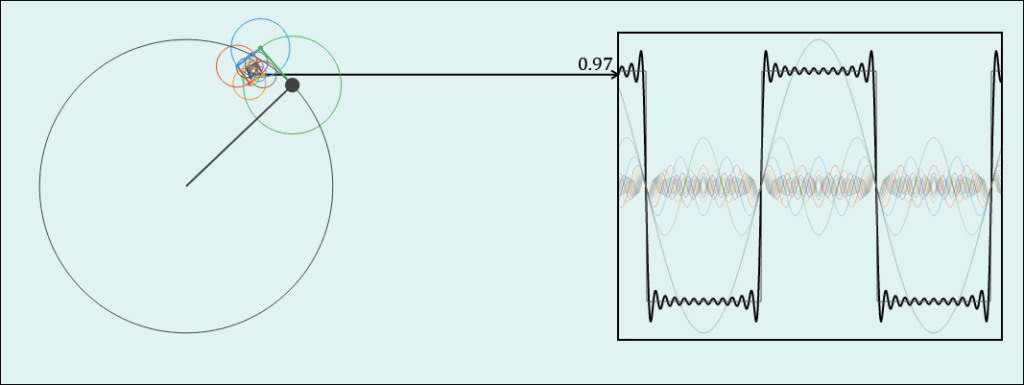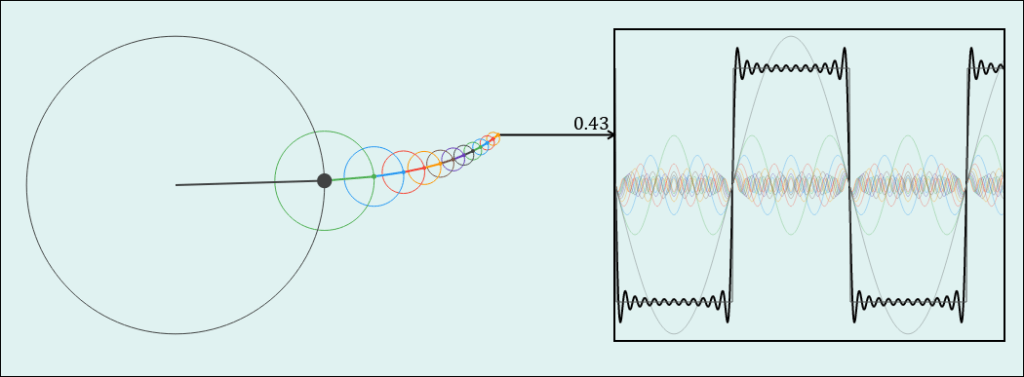- Bibliography
- Appendix 2: Other thoughts
- Appendix 1: The analogies
- Discussion
- Comparisons to mainstream knowledge
- Application: The cold gaze
- Application: Communication & perspective-taking
- Application: Finding balance point
- Application: Tea break
- Application: Writing
- Application: Analogy
- The model
- Introduction
- Preamble
This theory came up before I read about all of these models, therefore it’s really naïve. All I want is to see how far an analogy can go.
I have no idea what a “look” mean, and I can’t explain where emotions come from. I’m not sure if this theory is falsifiable or not, and I don’t know how to conduct experiments on it. Therefore my hope is to present as many perspectives as possible on the word “perspective”, and if everything turns out to be wrong, then I hope you have had a new perspective.
If the ability to change attitude and put yourself into other’s shoe simply depend on the exact combination of words and nothing else, then we can hope for the peace of the world. It is quite romantic, but it has a foundation in cognitive linguistics and social psychology. There are cognitive sociolinguistics and cognitive social psychology, but what I’m looking for is the application of memory and cognitive linguistics in social psychology. Really, you can change others’ attitudes if you can find a polysemy from their accepting zone, and you can stop thinking about the past if you can add a new layer of meaning to the preexisting word.
If everything is just a language game, then we will have the ultimate optimism to deal with any unfortunate in life. Just beware of the optimism bias and planning fallacy and all are good. By being able to transform our perspective, our language will be straightforward, our mind will be fearless, and our action will be spontaneous. If both sides can see each other’s perspective, then our words is meaningful to the other, their mind will be mindful to listen, and the conversation will be joyful.
Here is the table of related fields and areas to this project:
| Fields… | …I moderately understand or know superficially | …I should have read |
| Philosophy | Taoism, postmodernism, epistemology, romanticism | Logic, metaphysics, phenomenology, ontology, philosophy of mind, philosophy of language, perspectivism |
| Psychology | Cognitive psychology, analogy, CBT, mindfulness, social psychology, borderline personality disorder, emotion, betrayal, mathematical psychology (Narens’ theory) | Personality psychology, educational psychology, humanistic, philosophy of psychology |
| Linguistics | Cognitive linguistics, stylistics, semantics, syntax | Lexical semantics, pragmatics, semiotics, cognitive social linguistics, discourse analysis, document analysis, corpus analysis, lexicography |
| Communication & cultural studies | Communication study, interpersonal communication, negotiation, rhetoric & composition, Chinese rhetoric, poetics, mysticism | Sociology, paremiology, design & typography, decision analysis, pedagogy |
| Math & hard sciences | Projective geometry, group & representation, dynamical systems, harmonic analysis, complex analysis, history of math | Information theory, neurosciences, AI, relativity theory |
Connect to other fields
Information/metaphysics/epistemology/neurocognition
In the eyes of a theoretical physicist, the world is full of oscillators. To quote Sidney Coleman: “The career of a young theoretical physicist consists of treating the harmonic oscillator in ever-increasing levels of abstraction.” Because the derivative of amplitude is velocity, so when the velocity is at 0, the amplitude reaches its peaks. So maybe the clearnesses are the maximums and minimums of abstract oscillators?


For a cook to not be deceived by the brown burnished look of a roasted chicken, they must insert a probe thermometer to check the temperature. Assuming that every time the temperature reaches 160°C the probe will beep for one second, then philosophically speaking it is a kind of Chinese room. What we see in the probe is different to what the probe sees the world.
But fundamentally the way we see it is not different to the way it sees the world: both are just chains of resonances between internal and external oscillators. Because what we see in it is different to what it sees the world, the input oscillations of the probe is different to the oscillations it outputs. In other words, for our ears to be able to hear the temperature of the chicken, the perspective has to be changed significantly. Via the probe, the perspective has changed significantly.
For whatever phenomenon happens in the world, if it can be understood by our brains, then there should be a physical property that exists in both the brain and the phenomenon, regardless whether it is a quantum or galactic event. I think that property can be the Fourier transform. If that’s the case, then is the brain just a box to register new oscillators from the environment? Brain wave or electrophysiology is Fourier transform no dispute, but I’m talking at the cognitive level.
If we can find the mathematic of all cognitive processes (assuming here that it’s Fourier transform), then what is the nature of other mathematics branches? Does that mean in any branch we must use Fourier transform to process it? Would that be a reason why harmonic analysis plays an important role in modern math? If we say that atoms share a mathematic model to solar system, would that mean the mapping between perspectives is really a kind of homomorphism?
Anecdotally, only after “realizing” that information is just resonance of oscillators that I could act spontaneously and improvisingly, and get out of the analysis paralysis or naïve realism.
Cognitive semantics
The angle the probe is inserted can affect whether it can detect the temperature is 160°C or not, making what it actually sees slightly different to what it should see. When the perspective is not significantly different, ambiguity will arise, and this is what I’ll call generalized polysemy.
Before returning to polysemy, let’s talk a little bit about negation. Despite the fact that contradictory brings cognitive dissonance, and negation isn’t handled as effectively as other logical operations in the brain, it seems that double negation brings a sense of concreteness. For example, take a look of my most memorable definition:
A representation U(G) on V is irreducible if there is no non-trivial invariant subspace V with respect to U(G).
I really couldn’t pass this definition until realizing that there are four negations hidden in various places and various forms: ir-, no, non-, in-. Logically, they can be canceled out, but perhaps linguistically and cognitively, they are very concrete. To understand it, I imagine a flow of meaning being pushed to one side and pushed back, and the elements of the space are pulled from one place to another, four times in total. The experience of it is so… unforgettable, and because the expert can’t forget it they cannot realize that the concept can be explained in a simpler way by canceling the negations.
A bat is not a bat, and a bank is not a bank. Through negation, the ambiguity of polysemy can be cleared out, allowing a different meaning to take place from a previous one. Without this, syntheses cannot become theses, efforts to become adaptive cannot become maladaptive, action cannot be done from doing nothing, and the funny irritating epistemological question cannot be asked: you say this is a hamburger, but is it really a hamburger?
I think the concept of wuwei (doing everything by doing nothing) in Taoism is built on the combination of polysemy and negation, and one has to master the art of double negation to understand the teaching. The double negation creates two sudden switches, swinging the meaning back and forth, and this is where yin-yang stems from. I think double negation is more concrete than affirmative because with it misunderstandings can be cut down sharply, and in a sense it’s not different to going into another perspective to gaze on yourself to eliminate distortions.
Leave a Reply